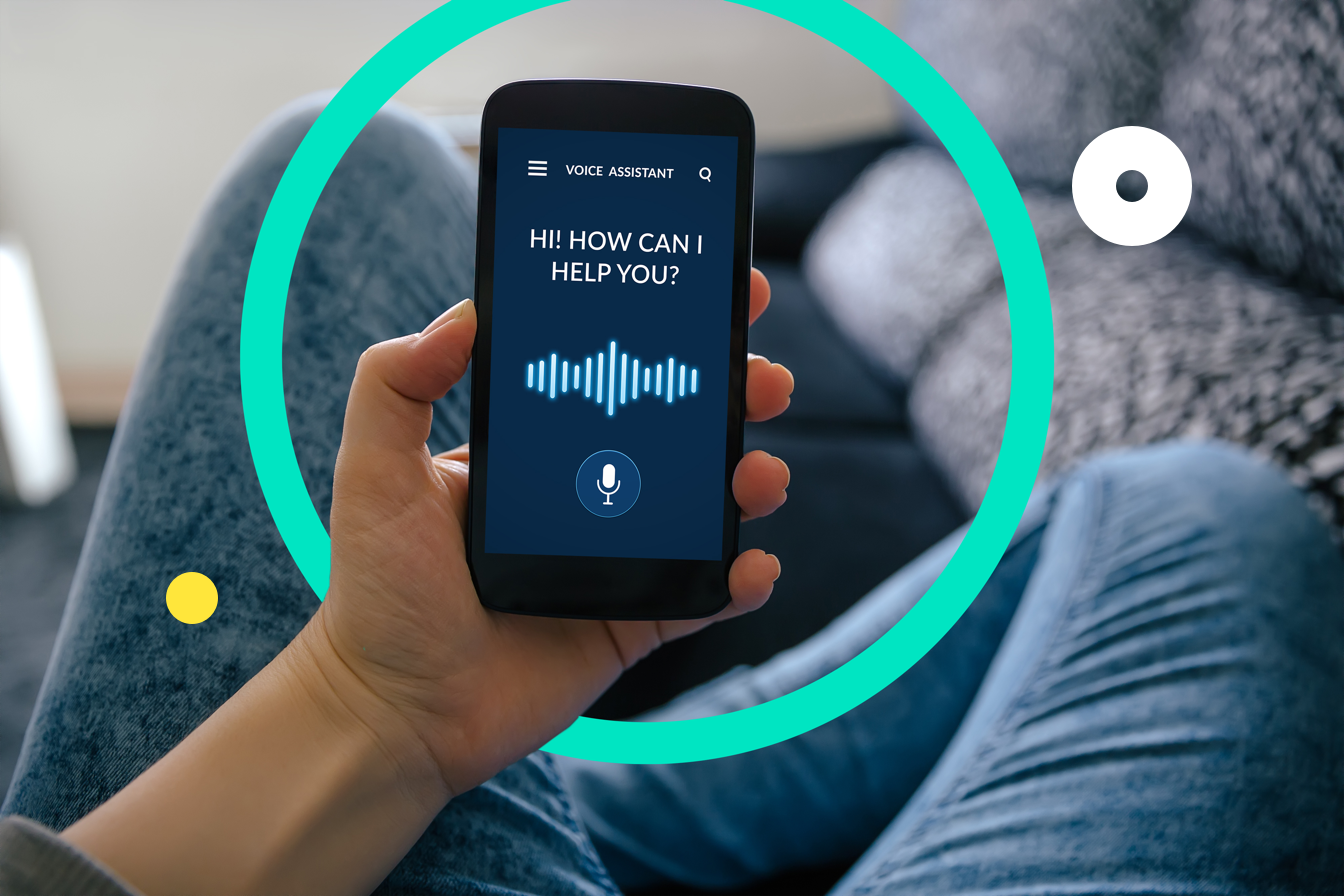By 2021, nearly 20 percent of customer service interactions globally will be handled by AI and machine learning, and in 2019, 31 percent of CIOs had already deployed conversational AI platforms, up from 21 percent in 2018, according to a Gartner analysis.
Elements of a digital-first, customer-centric and AI-infused contact center already exist in platforms like Google Duplex and Google Contact Center AI, with the latter using natural language processing, a type of machine learning, to help human agents handle complex cases. Natural language processing helps route calls to humans based on both call context and how emotionally charged a customer sounds.
“The need to speak to a human and experience the empathy unique to humans was acute when we were in shock at the start of the crisis,” said David Poole, digital business transformation strategist at Publicis Sapient. “While many people are still suffering, many are also adapting to a new normal and appreciate automation that resolves their needs quickly.”
Embracing CDPs
Considering near, medium and long-term opportunities, Poole said companies should be focused on creating solutions for the medium term (the next six to 18 months) that aren’t just quick Band-Aid solutions.
For digital-first contact centers, customer data platforms (CDPs) can turn a service call into a sales call and help bolster a business’s long term health.
Maybe we also want to embed the CDP Virtual Lab solution somewhere?














